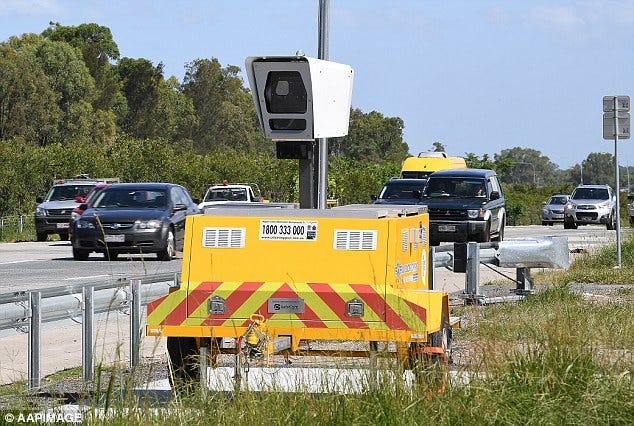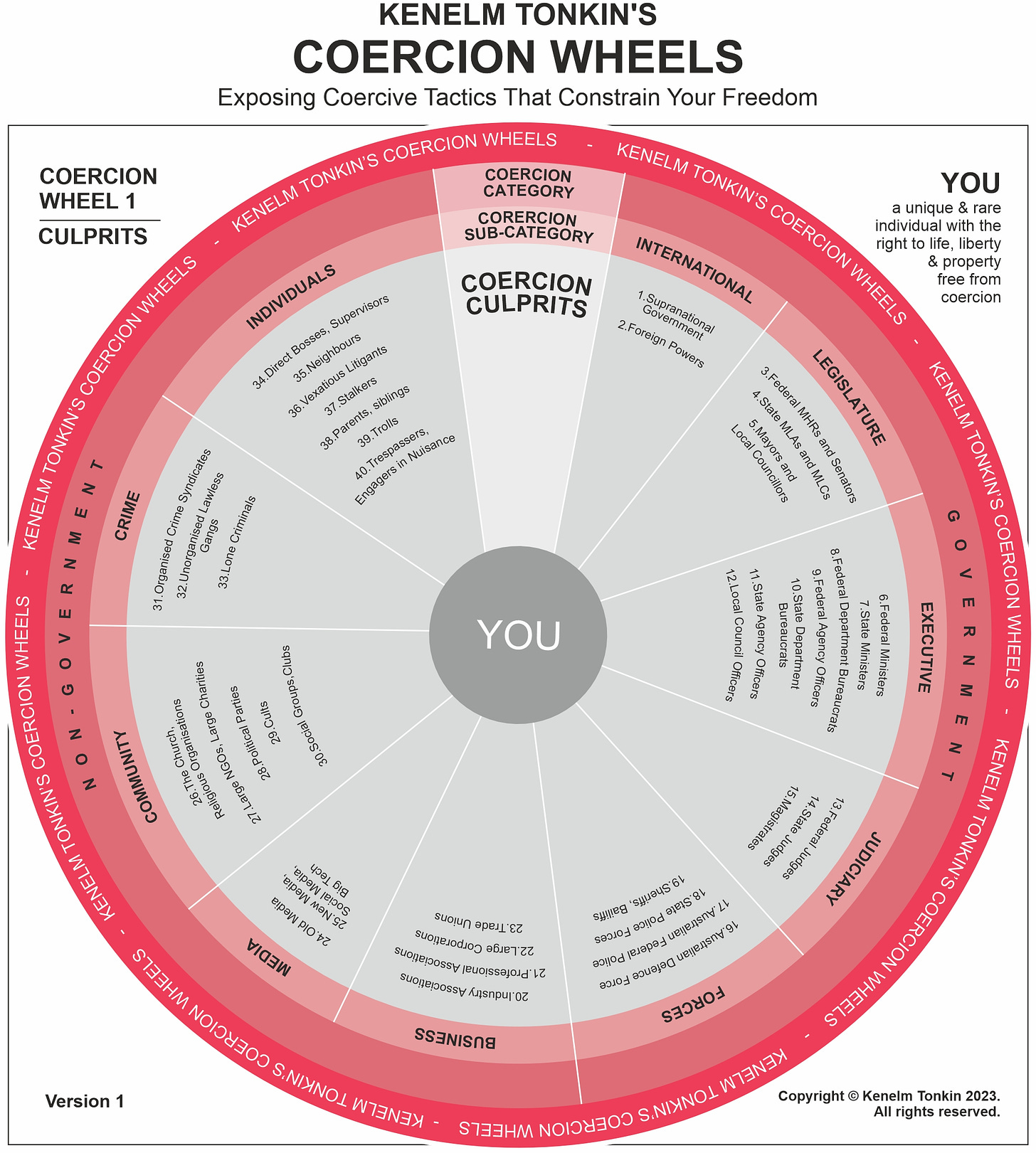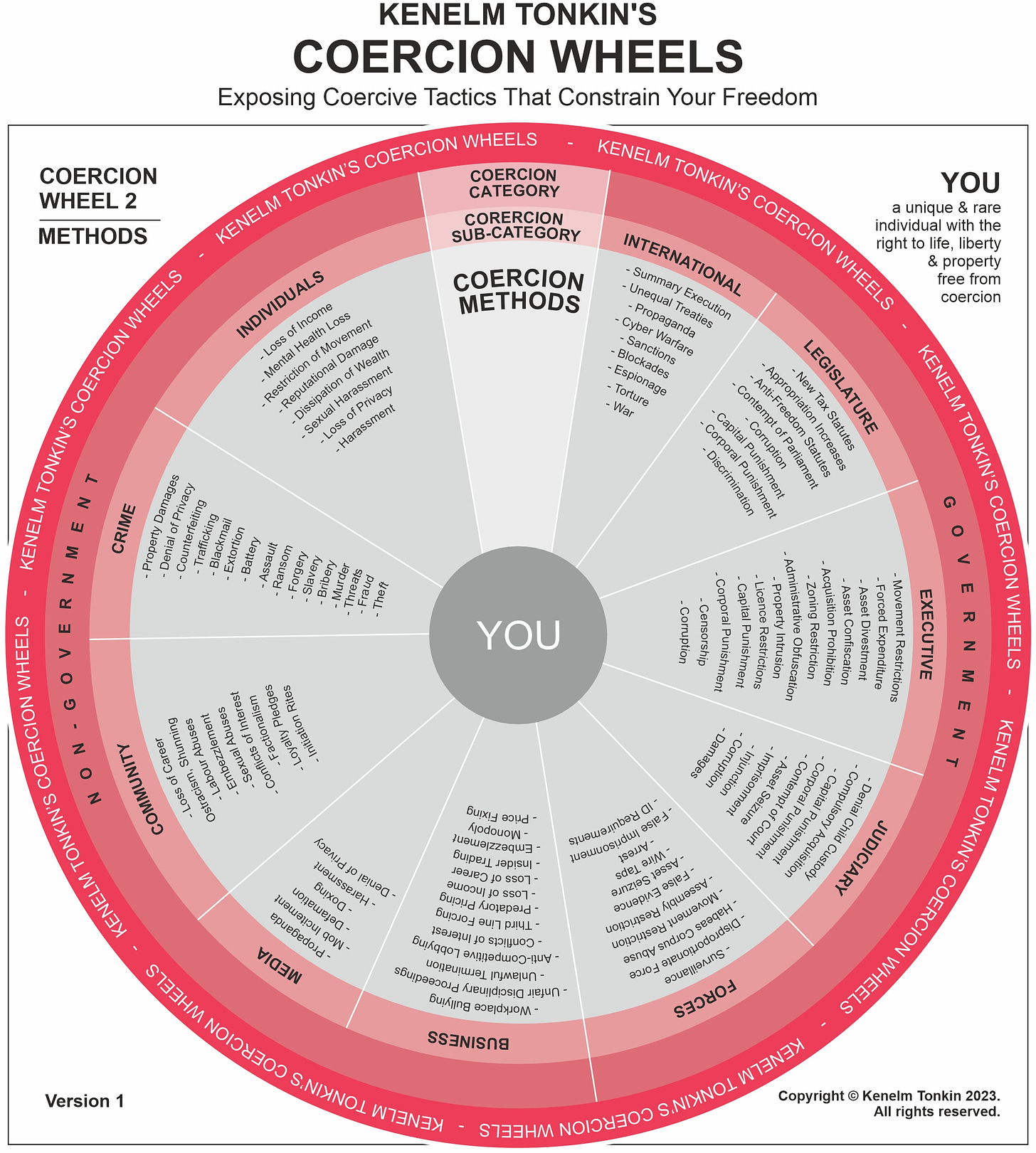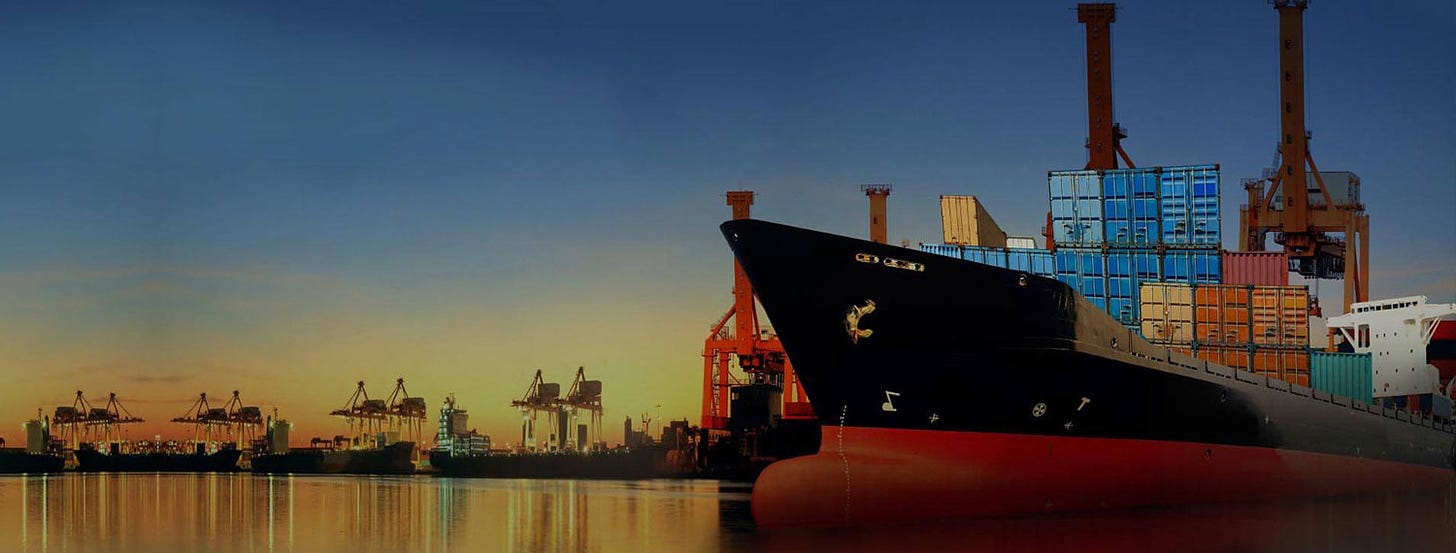The Libertarian Solution To Offshoring’s Inevitable Dilemma
Libertarian principles support free labour markets, highlighting the benefits of voluntary transactions and flexible negotiations for driving economic growth. However, excessive government intervention can restrict labour market freedom and limit economic opportunities, leading businesses to resort to offshoring as a cost-saving measure.
This article does not criticise offshoring itself; instead, it explores the unintended consequences of government policies that result in a highly leveraged workforce. Similar to the risks and benefits of high levels of debt to a household, leveraging the domestic labour force with an offshore workforce can have parallel effects on an economy.
When a family home carries a high mortgage, it brings prosperity when interest rates are low, employment is abundant, and house prices rise. In such conditions, debt can contribute to personal wealth. However, if one or both parents lose their jobs, they may be forced to sell their home in a depressed market, erasing their financial wealth.
Similarly, excessive financial leverage within businesses can be perilous during a recession. As economic conditions worsen, companies burdened with high debt may struggle to meet their financial obligations, leading to layoffs and business failures.
Could an economy’s reliance on offshoring be as dangerous during a recession as high financial leverage for households or businesses? Are there parallels? Before delving into these questions, it’s important to note that no study or discourse has compared offshoring as workforce leverage to financial leverage, nor quantified the extent of workforce leverage in Australia.
Offshoring often results in job losses within the domestic labour market as companies move operations abroad to reduce costs. This leads to higher unemployment rates, reduced consumer spending, and a contraction in the local economy. Moreover, heavy reliance on offshoring creates a dependency on foreign labour markets, making the domestic workforce more vulnerable during a recession.

Offshoring can contribute to economic imbalances within a country. When a significant portion of a nation’s industries or sectors are offshored, the domestic economy becomes overly reliant on a narrow range of activities. During a recession, a downturn in these offshored industries can have knock-on effects and cause an economic downturn that affects the broader population.
Drawing a parallel, when leverage against an asset is high, it is the equity that is most at risk. In the case of the family home, if parents have borrowed $800,000 against a $1,000,000 property and the market experiences a 20% decline, the asset loses only 10%, but the equity of the parents is halved (10%/20%).
In the event of a recession, the “equity” in the workforce equation is our domestic workforce. Cost-cutting measures are likely to begin with expensive Australian workers rather than cheaper offshore workers, especially when the offshore workers are not subject to the same regulations as the domestic workforce. As a result, a small percentage drop in the combined workforce (onshore and offshore) could lead to a much larger decline in the local workforce, similar to how a downturn in the property market disproportionately destroys a homeowner’s equity.



Libertarian Solution: Free Labour Markets:
Libertarians propose that free labour markets, unrestricted by excessive regulations, provide a more sustainable solution to reduce the need for offshoring. Here’s how free labour markets can positively impact the economy and reduce the risks inherent in a highly leveraged domestic workforce:
1. Optimised Operations and Increased Productivity:
A free labour market encourages domestic businesses to focus on optimising their operations and improving productivity. By reducing regulations and bureaucratic barriers, companies can compete more effectively, leading to increased domestic production, job creation, and economic growth.
2. Incentives for Investment and Innovation:
Free labour markets foster an environment that incentivises investment and innovation – domestically. When businesses can freely negotiate wages and working conditions with locally domiciled workers, they are more likely to invest in research and development, adopt new technologies, and enhance productivity. This promotes economic resilience and reduces the need to offshore operations to access lower-cost labour.


















